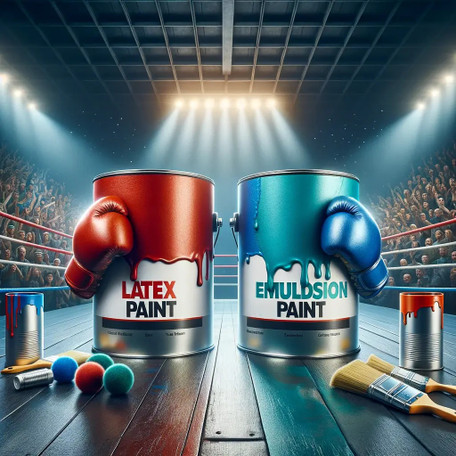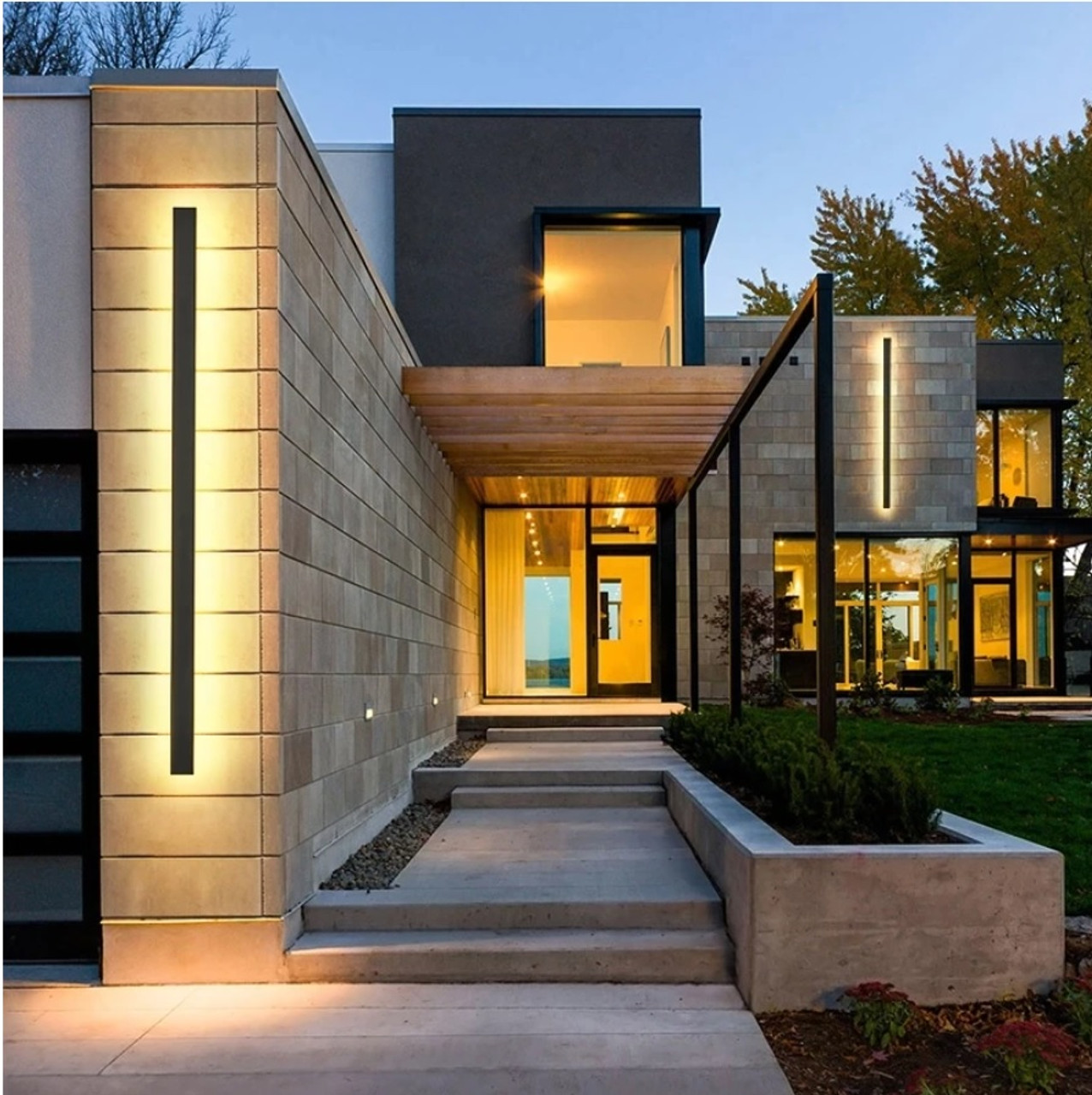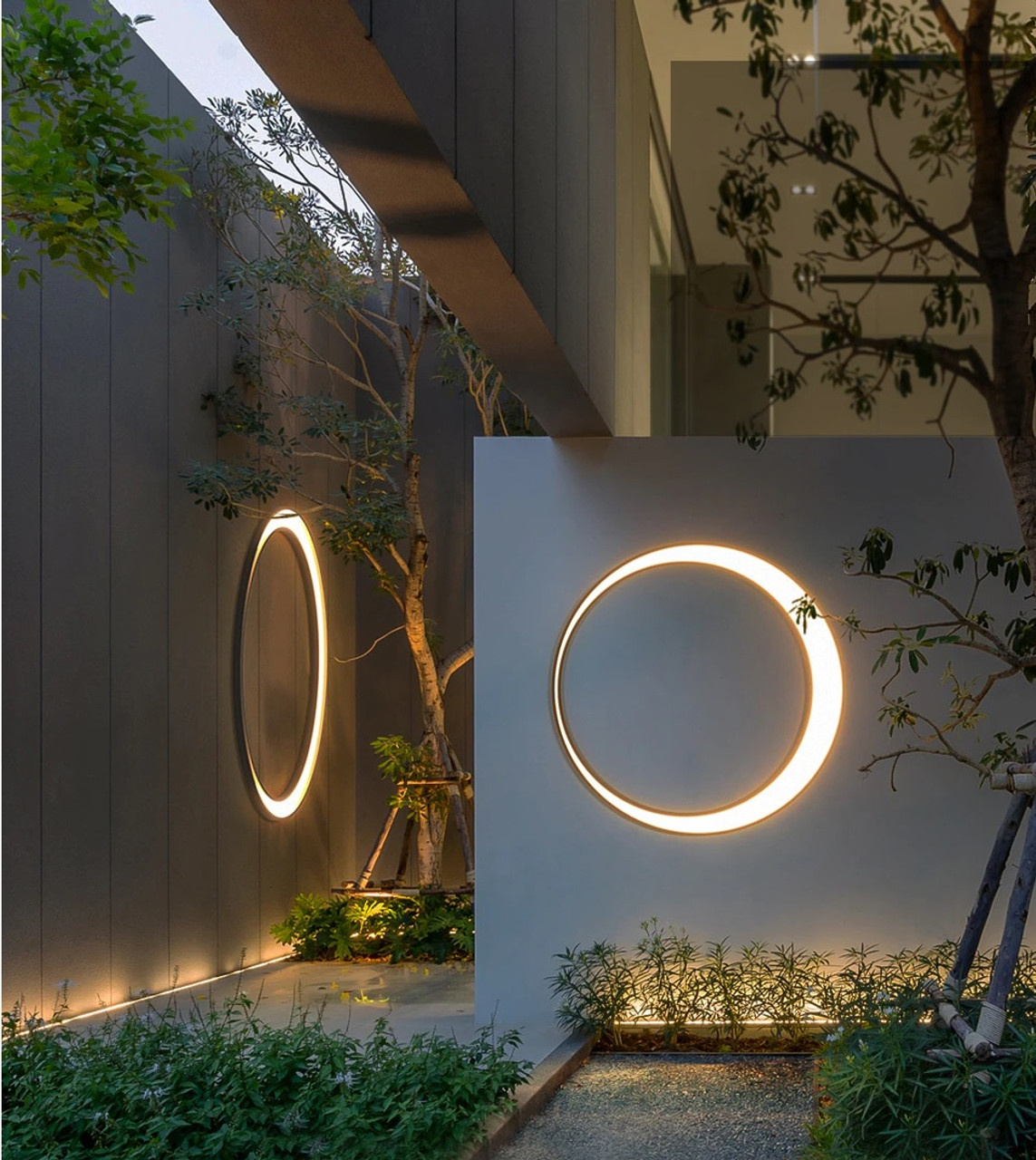The difference between latex paint and emulsion paint - FAQ
28th Jul 2024
What is the difference between latex paint and emulsion paint? FAQ
Latex paint and emulsion paint are terms often used interchangeably in different parts of the world, leading to some confusion about their differences and similarities. However, there are distinct characteristics that set them apart, primarily based on their composition, properties, and applications. Here's a breakdown of the differences between latex paint and emulsion paint:
Composition
- Latex Paint: Traditionally, latex paint refers to water-based paint that uses synthetic polymers such as acrylic, vinyl acrylic, or styrene-acrylic as binders. The term "latex" in the paint refers to the polymer being dispersed in water, resembling the natural latex sap from rubber trees, although the paint does not contain any natural rubber latex.
- Emulsion Paint: Emulsion paint is also a water-based paint, but the term is more commonly used in the UK and some other regions. It consists of pigment suspended in a water-based emulsion, typically using acrylic or vinyl acrylic polymers as well. Essentially, emulsion paint can be seen as a type of latex paint, but the term emphasizes the water-based nature and the emulsification process used in its production.
Properties
- Latex Paint: Latex paints are known for their ease of application, quick drying times, and flexibility. They are resistant to fading and temperature changes, making them suitable for both interior and exterior applications. Latex paint is also easy to clean up with soap and water.
- Emulsion Paint: Emulsion paints share many of the same properties as latex paints, including quick drying times, low odor, and ease of clean-up. They provide a durable finish that is resistant to moisture and mold, making them ideal for walls and ceilings in kitchens and bathrooms.
Applications
- Latex Paint: Due to its versatility, latex paint is used for a wide range of applications, from interior walls and ceilings to exterior surfaces like siding and trim. It adheres well to many different types of surfaces.
- Emulsion Paint: Emulsion paint is primarily used for interior walls and ceilings. Its moisture resistance makes it particularly suited for areas with high humidity, such as kitchens and bathrooms.
Environmental Impact
- Latex Paint: Latex paints are considered more environmentally friendly than oil-based paints. They emit lower levels of volatile organic compounds (VOCs), which are harmful to health and the environment.
- Emulsion Paint: Similarly, emulsion paints are low in VOCs, making them a preferable choice for eco-conscious consumers looking to minimize their environmental impact.
Conclusion
While the terms latex paint and emulsion paint are often used to describe similar water-based paints, the primary difference lies in regional terminology and slight variations in composition and preferred applications. Both offer the benefits of easy application, quick drying, and environmental friendliness compared to traditional oil-based paints.
What causes latex paint to peel?
1. Poor Surface Preparation
- Dirt and Grease: Paint fails to adhere properly to surfaces that are not clean. Dirt, grease, and oil on the surface can prevent paint from bonding effectively.
- Lack of Primer: Not using a primer on porous or glossy surfaces can lead to poor adhesion of the latex paint, causing it to peel.
- Peeling Old Paint: Painting over old, peeling paint without properly scraping and smoothing the surface can lead to new paint peeling.
2. Moisture
- Exterior Moisture: Rain, snow, and high humidity can penetrate exterior walls, especially if the exterior paint is compromised, leading to peeling of interior paint.
- Interior Moisture: High humidity levels in bathrooms, kitchens, and laundry rooms can cause paint to peel if the paint is not specifically designed to withstand moisture.
- Water Leaks: Water from leaks behind walls can push paint off the surface.
3. Incompatible Paint Layers
- Oil over Latex: Applying latex paint over an oil-based paint without proper surface preparation can lead to peeling because latex paint may not adhere well to the slick surface of oil-based paint.
- Different Types of Latex Paint: Even different types of latex paint can be incompatible if their formulas vary significantly.
4. Environmental Conditions During Application
- Temperature and Humidity: Painting in conditions that are too hot, cold, or humid can affect how paint dries and adheres. Latex paint applied under such conditions may not bond well to the surface.
- Direct Sunlight: Painting a surface in direct sunlight can cause the paint to dry too quickly, preventing proper adhesion.
5. Poor Quality Paint
- Low-Quality Products: Inferior quality paint may not have the necessary properties to adhere to surfaces properly or withstand environmental conditions, leading to peeling.
6. Aging
- Wear and Tear: Over time, paint can lose its elasticity, becoming brittle and more prone to cracking and peeling due to normal wear and tear and exposure to elements.
Prevention and Solutions
- Thoroughly Clean Surfaces: Before painting, clean surfaces to remove dirt, grease, and grime.
- Use Appropriate Primer: Apply a suitable primer to ensure good adhesion of the latex paint, especially on glossy or non-porous surfaces.
- Address Moisture Issues: Identify and fix any moisture problems, such as leaks or high humidity, before painting.
- Proper Timing: Paint under optimal weather conditions, avoiding extreme temperatures and high humidity.
- Quality Paint: Invest in high-quality paint that is appropriate for the surface and the room's conditions.
- Correct Application: Follow the manufacturer's instructions for application, ensuring the right tools and techniques are used.
By addressing these factors, you can significantly reduce the risk of latex paint peeling and ensure a durable and aesthetically pleasing paint job.
Does emulsion paint peel?
Yes, emulsion paint can peel just like any other type of paint. The peeling of emulsion paint, which is essentially a type of water-based latex paint, typically occurs due to several main reasons that affect its adhesion and longevity. The factors that can cause emulsion paint to peel include:
1. Poor Surface Preparation
- Inadequate Cleaning: If the surface was not properly cleaned before painting, residue like dirt, grease, or silicones can prevent the paint from adhering correctly.
- Inefficient Priming: Not using a primer on absorbent surfaces can lead to weak paint adhesion. Similarly, over glossy or non-porous surfaces, a lack of correct priming can also affect paint adhesion negatively.
2. Application on Wet or Damp Surfaces
- Painting over a wet or damp wall can trap moisture beneath the emulsion paint, leading to the growth of mold or damp blotches that eventually causes the paint to peel away.
3. Application of Paint in Unsuitable Environmental Conditions
- Weather: Worsely exterior can be compromised when applied in poor weather conditions such as high humidity, rain, or condensation. This is because the ambient temperature and the condition of the painting surface can either slow down or impact the optimal drying time of the paint, causing it to crack or peel later on.
4. Overlaying Paints of Different Bases
- Oil-over-Emulsion: While less of a problem than latex paint being painted over old oil-based paint, discrepancies in the base of underlying coatings may affect the cohesiveness of new emulsion paint, leading to possible adherence issues and future flaking.
5. Moisture Ingression
- If moisture penetrates through the painted wall, it can cause staining and the separation of the emulsion paint layer from the render or plaster, causing it to peel.
- Internal Moisture: High levels of moisture in areas such as kitchens and bathrooms without appropriate engine ventilation may affect the durability of the paint finish, causing it to blister and peel.
6. Inferior Paint Quality
- Using low-quality paint with less flexible coatings and poor adhesion properties can be a key reason for the paint not withstanding the trily separation from the wall surface, peeling prematurely.
Preventative Measures and Repair
- Thorough Cleaning: Make sure the wall is free of debris, dirt, and anything that may affect the opacity and grip of the paint.
- Probe Primer Usage: Utilize the proper type of primer designed for the wall's specific natural needs, depending on the type of bower, to ensure a good bond.
- Directless Coating and Dator Temperature Indications: When applying the respect, avoid extremes in humidity and temperature, and follow the indirections.
- Stonewick The Total Incongruent Mixed Bases: Sand and apply a generous primer before turning the top coating when switching between different paint bases to avert paint peeling and incompatibility.
- Moisture Control: Address any underlying issues that may cause moisture to accrue behind the walls, and ensure bathrooms, kitchens, and other water-prone areas are well-ventilated.
Identifying and rectifying the root cause is crucial in preventing the paint from future peeling when refurbishing the space. High-quality producers, adept application, and preparatory work lay the foundation for durable and smooth professional painting work. Emulsion paint can not only result in a firm finish but also dramatically reduce the reoccurring probability of paint peeling and reflective reliability. Addressing all root causes effectively thus demands concerning and eschewing challenges through experience and attention to the wall's night light detail. Assistant has stopped speaking, and hands back control to the User.
Are there any situations where latex paint is a better choice over emulsion paint and visa versa?
Given that latex paint and emulsion paint are essentially the same in composition and function, being water-based paints with synthetic polymers as binders, the choice between them often comes down to terminology preference based on geographic location rather than a difference in performance or application. However, within the broad categories of latex paint or emulsion paint, different formulations are designed for specific purposes, and some may be better suited to certain situations over others. Here are considerations that might make one formulation a better choice over another in specific contexts, keeping in mind that the differences are more about the specific paint formulation rather than the latex paint and emulsion paint distinction:
High Moisture Areas
- Better Choice: Specialty emulsion paints formulated for high moisture resistance are better for kitchens, bathrooms, and laundry rooms. These formulations have additives that resist mold and mildew and are more durable in high humidity.
Exterior Surfaces
- Better Choice: Exterior-grade latex paints are designed to withstand the elements, including UV radiation, rain, and fluctuating temperatures. These paints have additives for flexibility and durability, making them a superior choice for outdoor applications.
High Traffic Areas
- Better Choice: Latex paints formulated for high durability, with a higher sheen like semi-gloss or gloss, are typically better for high traffic areas or surfaces that require frequent cleaning. The higher sheen levels are more resistant to staining and easier to clean.
Quick Turnaround Projects
- Better Choice: Both latex and emulsion paints dry relatively quickly compared to oil-based paints, but if you're looking for the quickest possible turnaround, specific fast-drying formulas can make one brand or type of latex/emulsion paint more appealing.
Eco-Friendly and Health Considerations
- Better Choice: If minimizing VOCs and environmental impact is a priority, there are specific latex paint and emulsion paint formulations that are very low in VOCs or even VOC-free. These are ideal choices for indoor spaces, especially in homes with children, pets, or individuals with sensitivities to paint fumes.
Surface Compatibility
- Better Choice: Some surfaces, such as fresh plaster or highly porous materials, may benefit more from certain emulsion paint formulations designed to bind well and provide a solid base. In contrast, surfaces that expand and contract with temperature changes might be better suited to specific latex formulations known for their flexibility.
Aesthetic Preferences
- Better Choice: The finish and texture desired can also influence the choice. For instance, matte finishes are often preferred for hiding imperfections on walls and ceilings, where specific emulsion paints might excel. Meanwhile, for a durable, washable gloss finish, certain latex paints might be preferred.
Budget Constraints
- Better Choice: Price points can vary significantly among different brands and formulations of latex paint and emulsion paint. For budget projects, certain economy lines of latex paint might offer a good balance between cost and performance.
Conclusion of latex paint and emulsion paint comparison
While the terms latex paint and emulsion paint can be used interchangeably across different regions to refer to water-based paints, the key to choosing the right paint lies in considering the specific requirements of your project, including the surface to be painted, the desired finish, environmental conditions, and your budget. Paint manufacturers often offer a range of products within the latex paint and emulsion paint category tailored to specific needs, so the best choice will depend on the specifics of the application rather than a broad preference for one term over the other.





